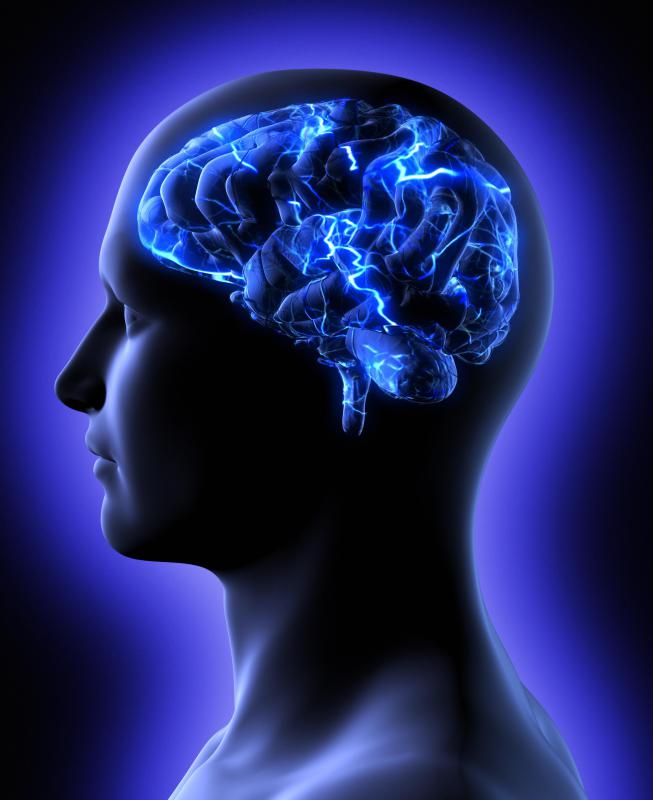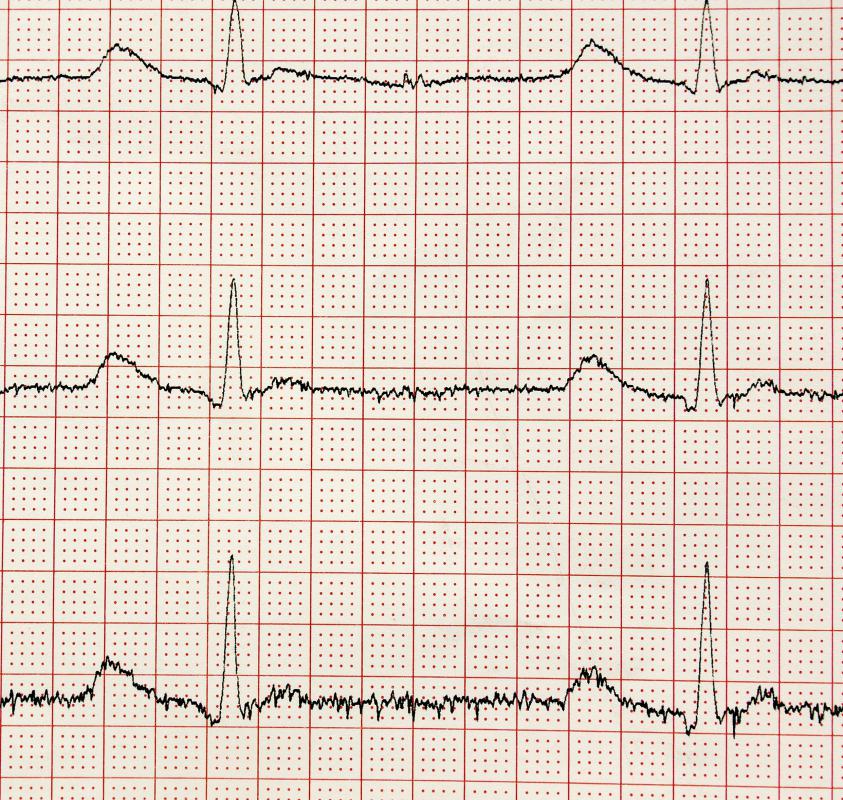At WiseGEEK, we're committed to delivering accurate, trustworthy information. Our expert-authored content is rigorously fact-checked and sourced from credible authorities. Discover how we uphold the highest standards in providing you with reliable knowledge.
What Are the Different Types of EEG Cap?
An electroencephalography (EEG) cap holds electrodes in place on the head for an EEG study of brain activity. Cap designs can include helmets, frames, meshes, and soft stretch caps to hug the head. The best design depends on the type of study and the needs of the patient. The number of electrodes a doctor is using in the study can also play a role. Numerous companies manufacture caps of different designs and sizes to meet various study needs.
Different cap designs are available for adults, children, and neonates, usually in a range of sizes to accommodate different heads. Some caps have electrodes embedded, while others fit over electrodes to keep them in place. An EEG cap may simply be a mesh of electrodes and conducting wires that a technician will carefully anchor in place with EEG paste. Others have rigid frames to stabilize the electrodes and wires. An EEG helmet holds electrodes near the head, but not in direct contact with the scalp.

Soft caps can be useful for ambulatory EEG studies and tests on young children who may move during the procedure. They fit snugly over the head to hold the electrodes in fixed positions, even when the patient moves his head or engages in physical activity. They can also be more discreet than other cap designs, as the patient may be able to cover the EEG cap with a hat or scarf to make it less noticeable. This can be a concern with ambulatory EEG studies, where patients do not want to attract attention.

EEG cap designs can also vary for different applications. Some caps are designed for activities like biofeedback studies, where a limited number of electrodes may be sufficient, and the cap could take the form of a helmet to quickly collect general data. For epilepsy studies where a doctor needs to be able to isolate activity to a very specific region of the brain, more electrodes in direct contact with the scalp are necessary, and this requires a different cap design.

A doctor will usually select the most appropriate EEG cap for use in a given case. Patients may encounter several different designs during medical studies involving the brain. Sometimes a doctor's or researcher's preference is the deciding factor in which EEG cap to use, while in other cases, a specific cap may be necessary because it is part of the study guidelines or diagnostic protocol.
AS FEATURED ON:
AS FEATURED ON:















Discuss this Article
Post your comments